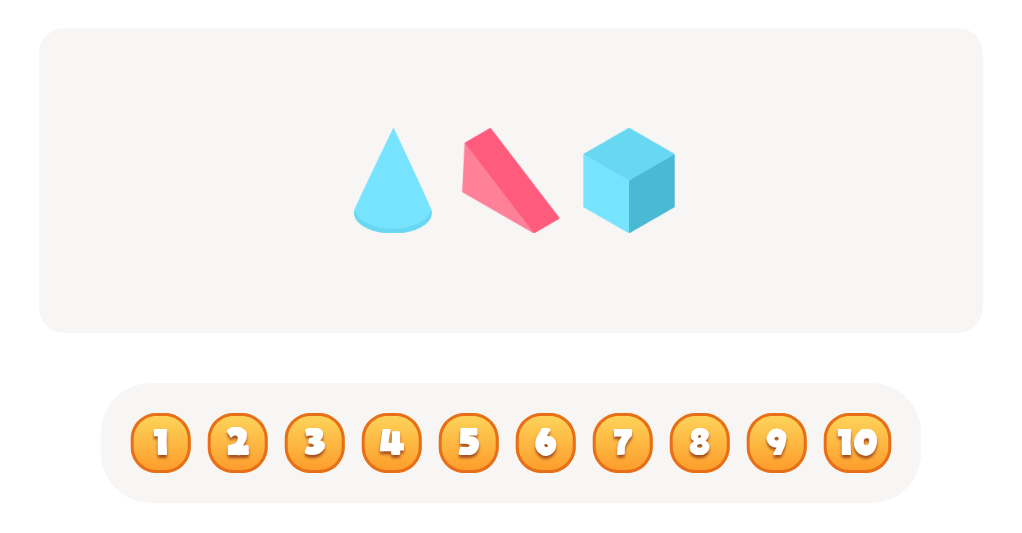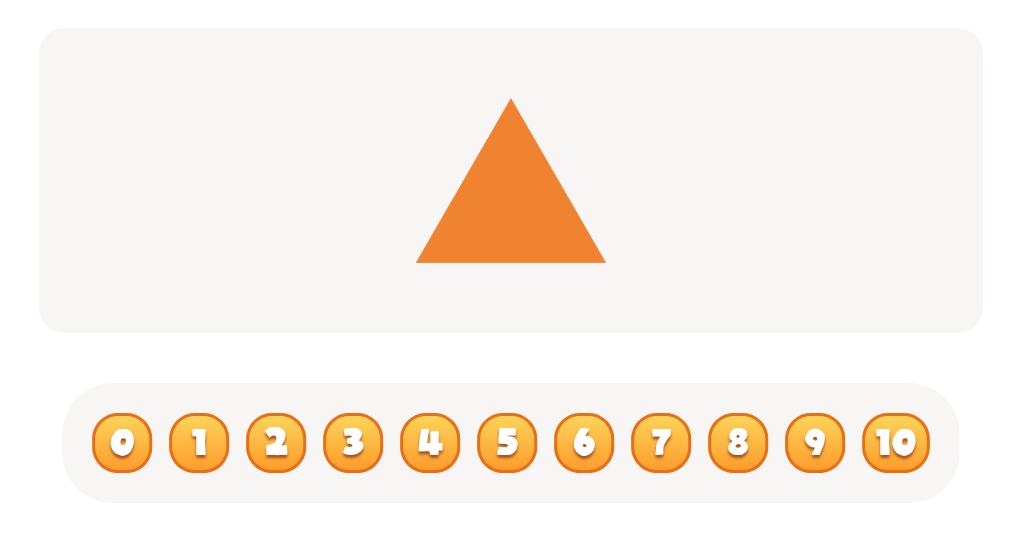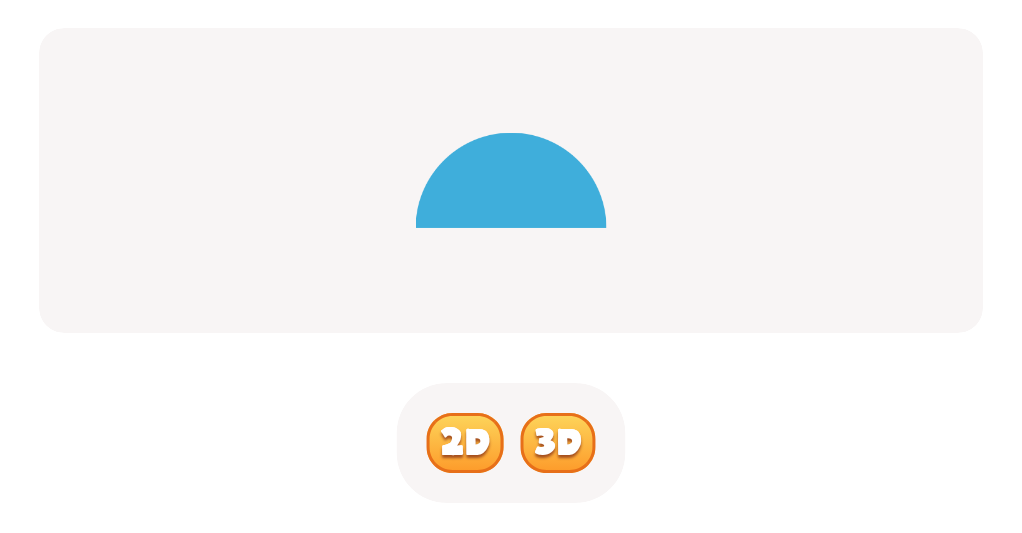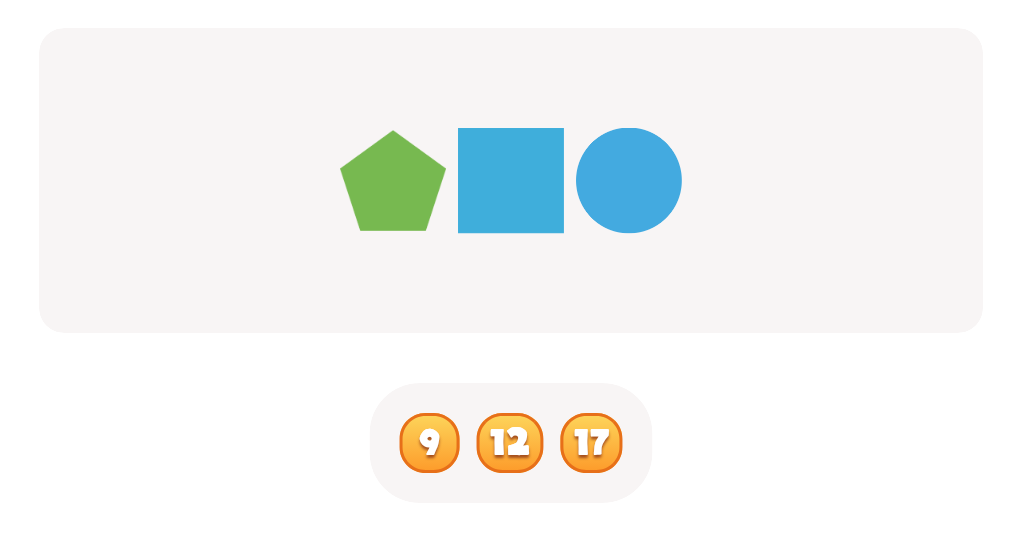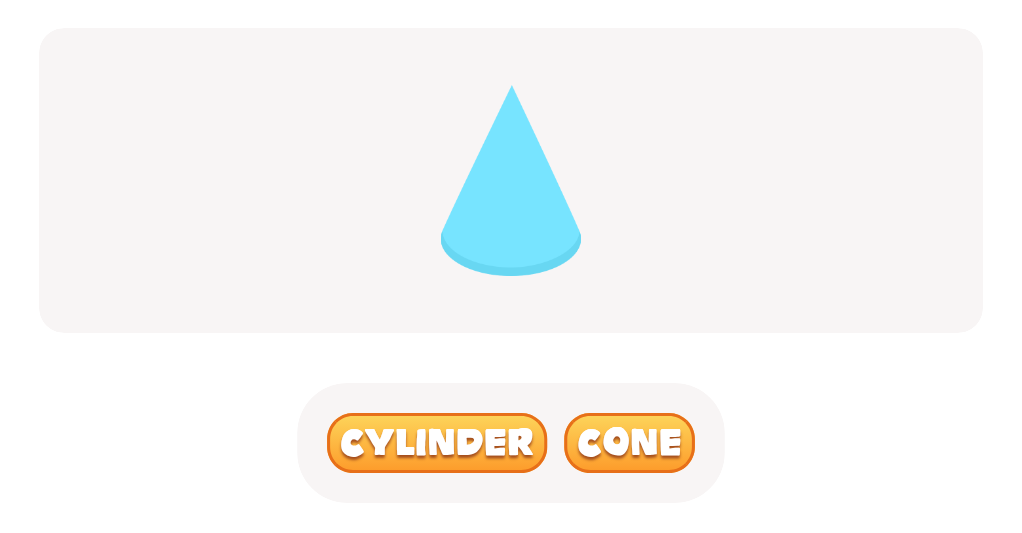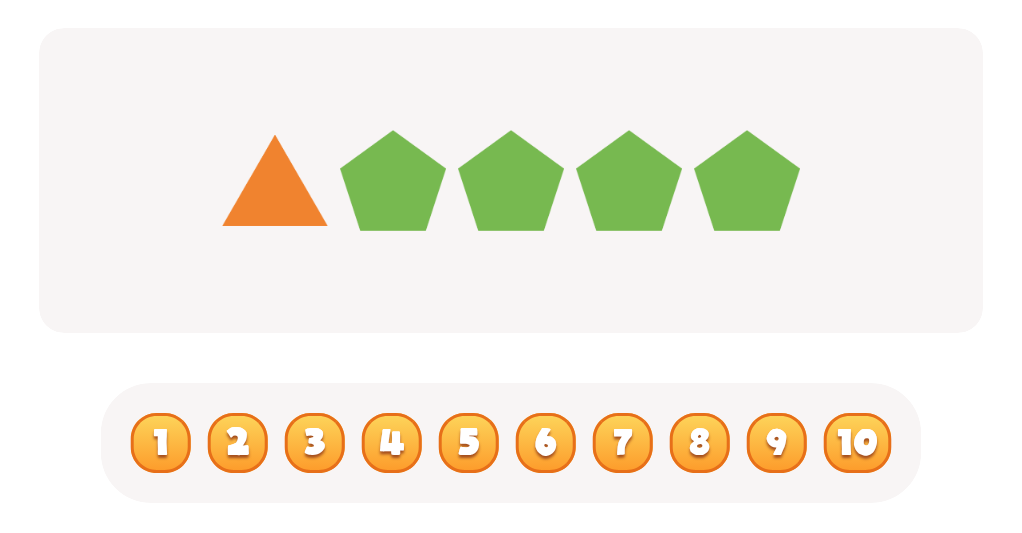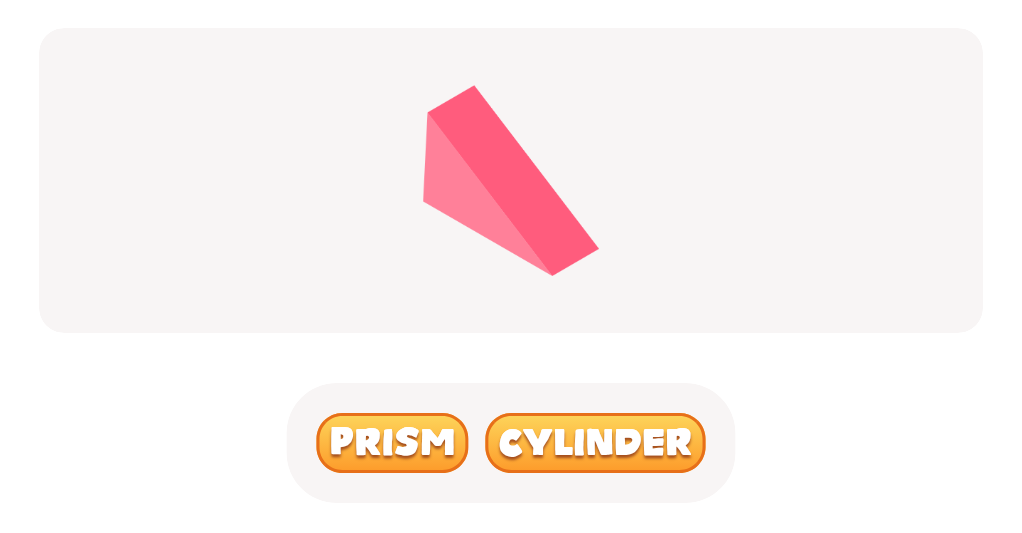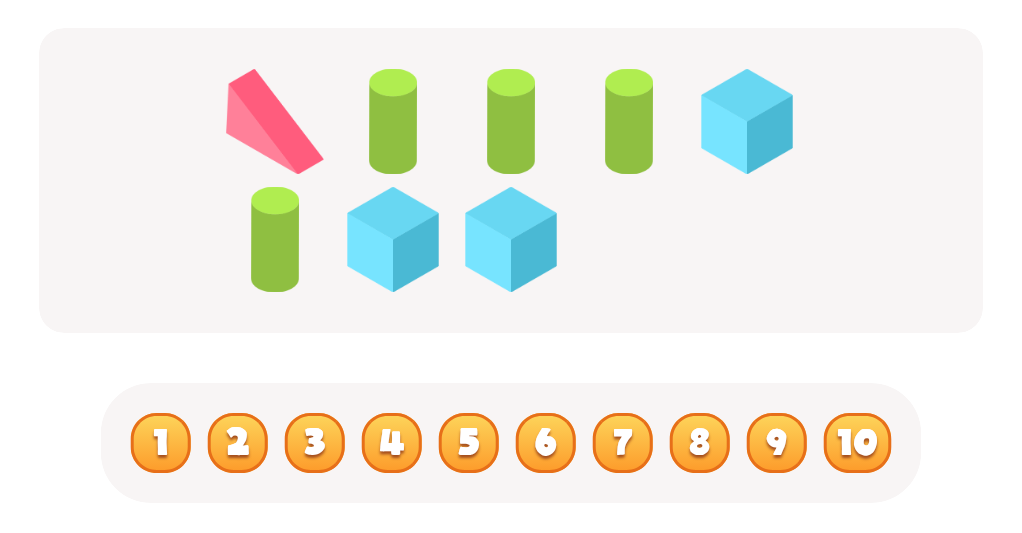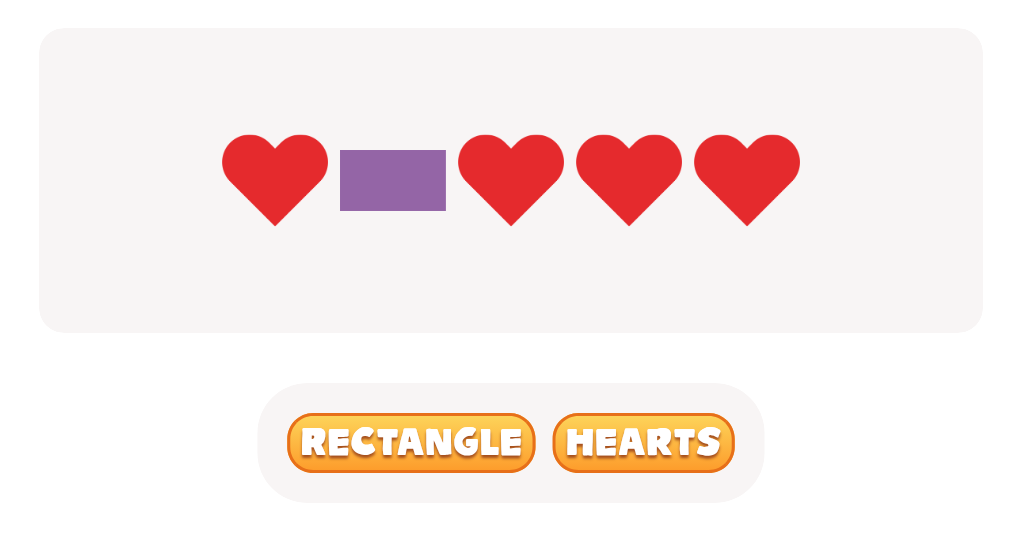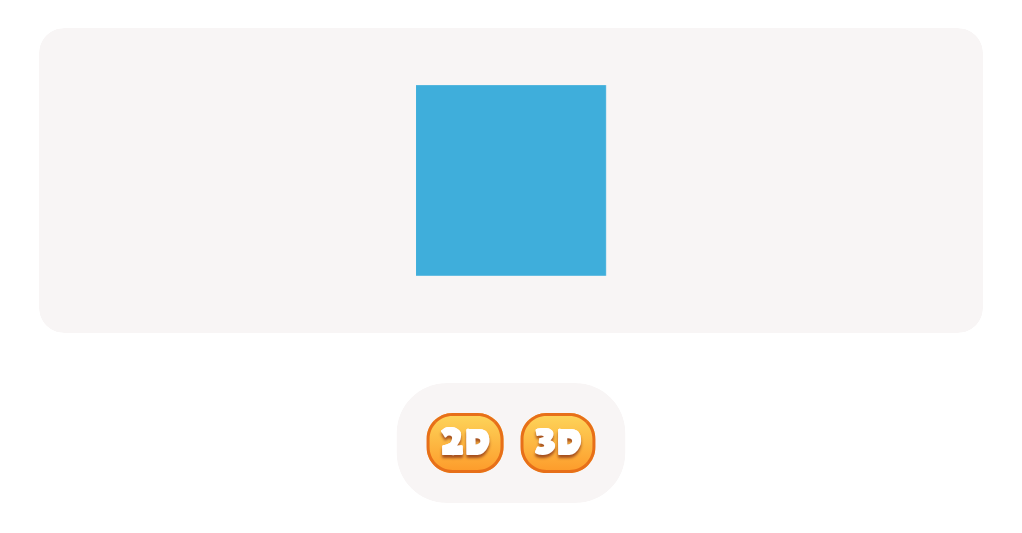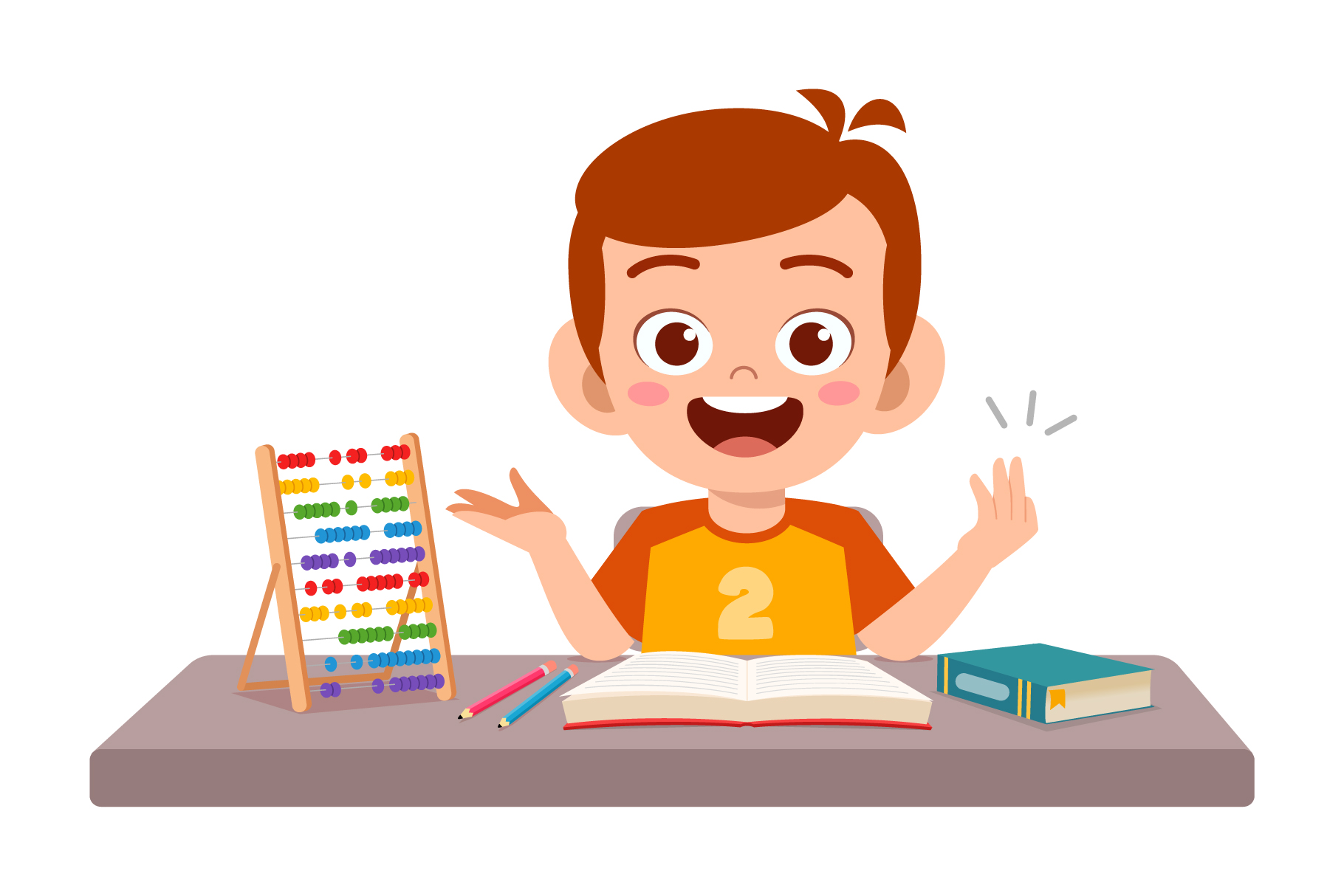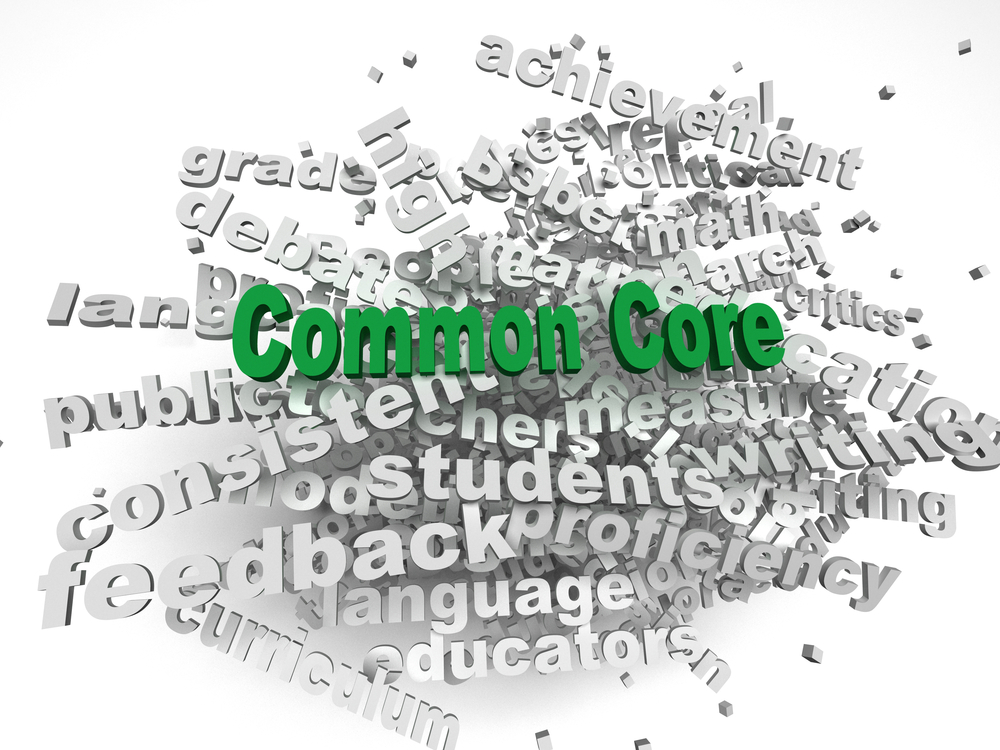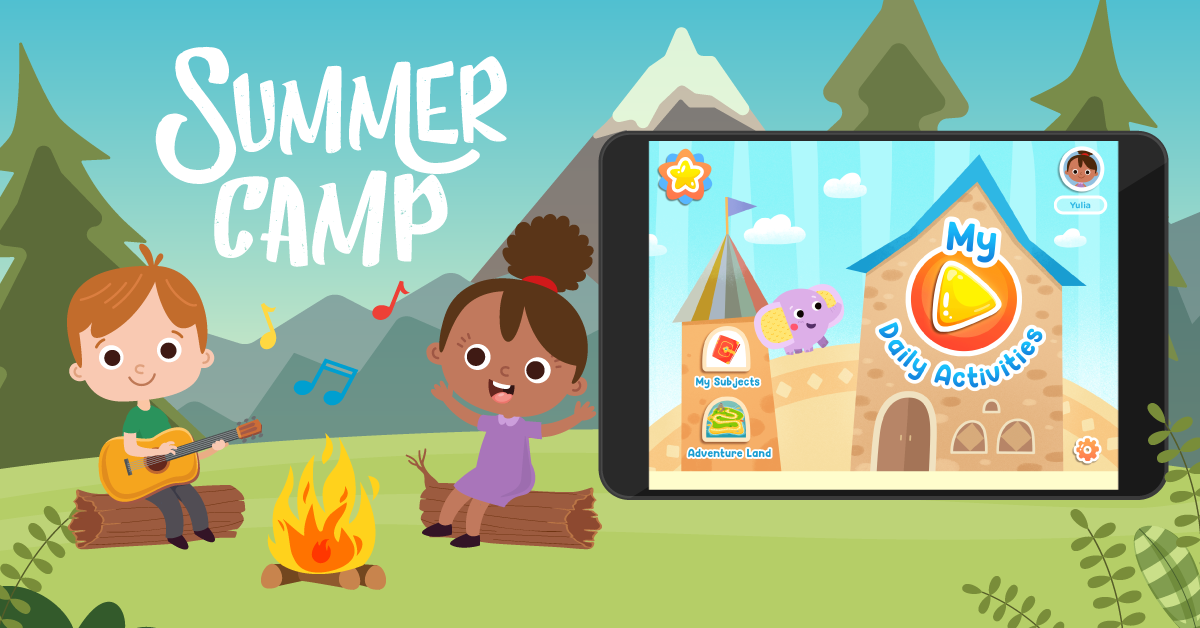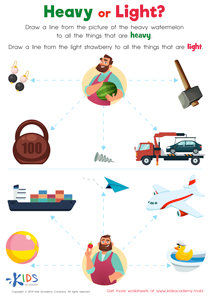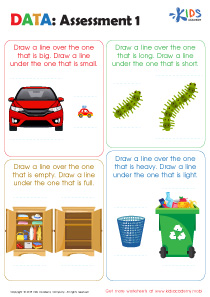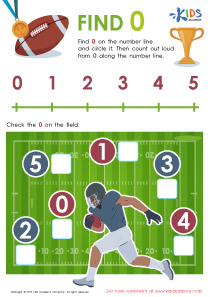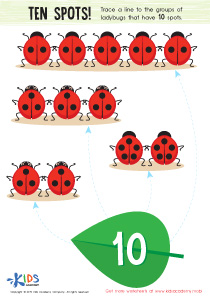Basic Math Skills Normal Geometry Worksheets for Ages 5-7
5 filtered results
-
From - To
Explore our collection of Basic Math Skills Normal Geometry Worksheets designed specifically for children ages 5-7. These engaging resources focus on foundational geometry concepts, ensuring young learners develop essential skills in a fun and interactive way. Each worksheet includes colorful visuals and straightforward tasks that help children grasp shapes, spatial relationships, and basic measurements. Ideal for home or classroom use, these worksheets encourage critical thinking and problem-solving, providing a helpful supplement to early math education. Set your kids on a path to math confidence and success with our thoughtfully crafted geometry worksheets. Perfect for reinforcing learning while having fun!
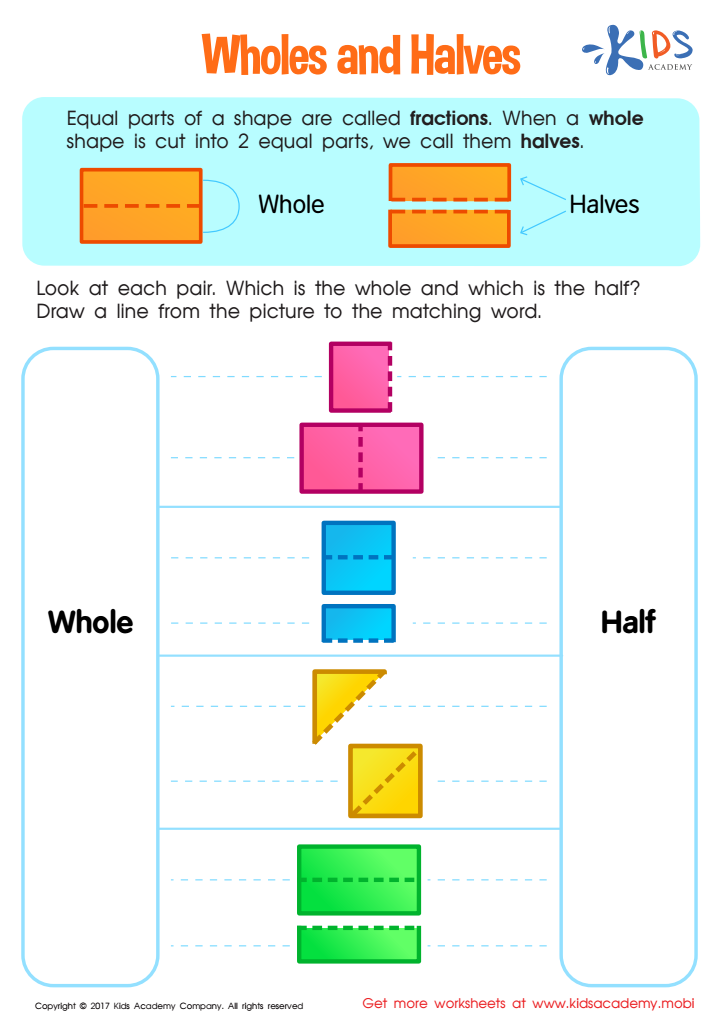

Wholes and Halves Worksheet
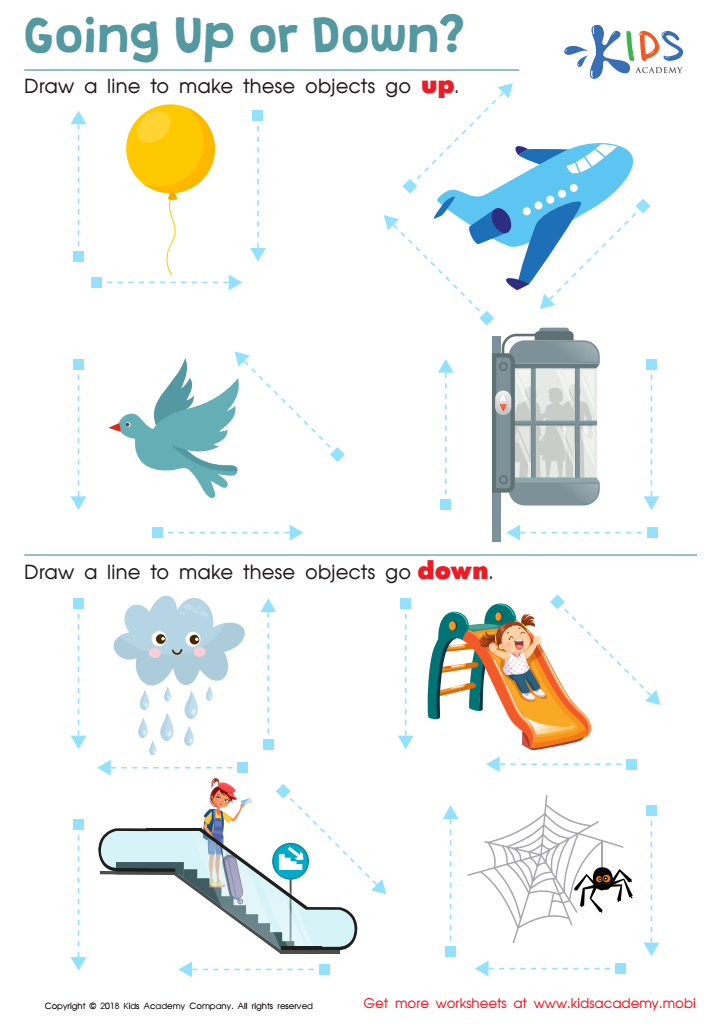

Going up or Down? Worksheet
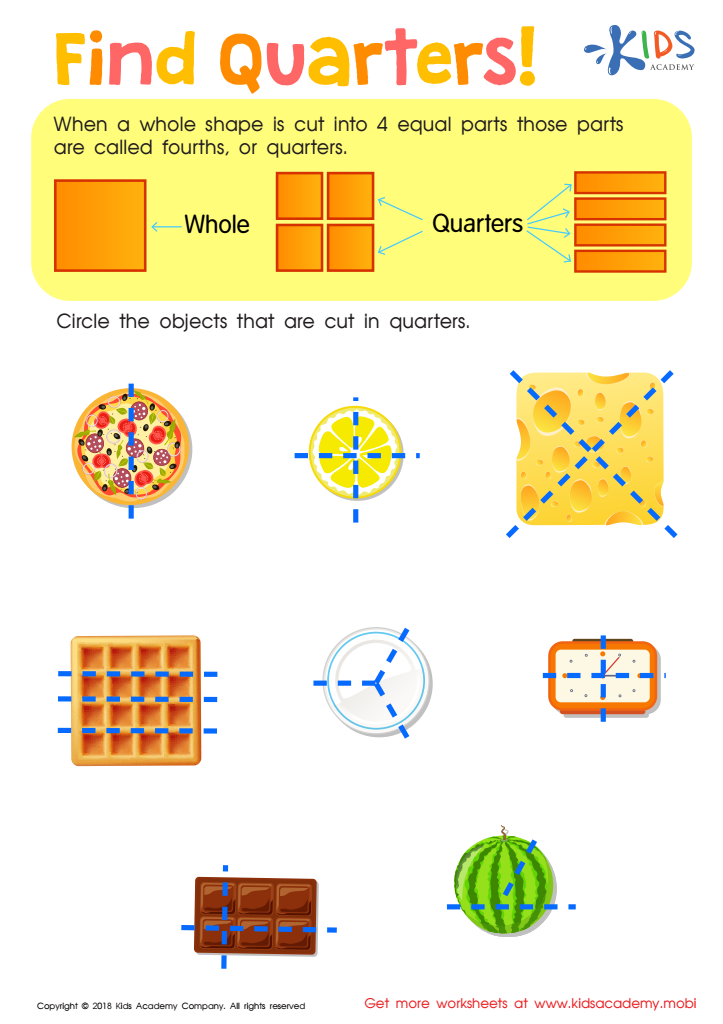

Find Quarters Worksheet
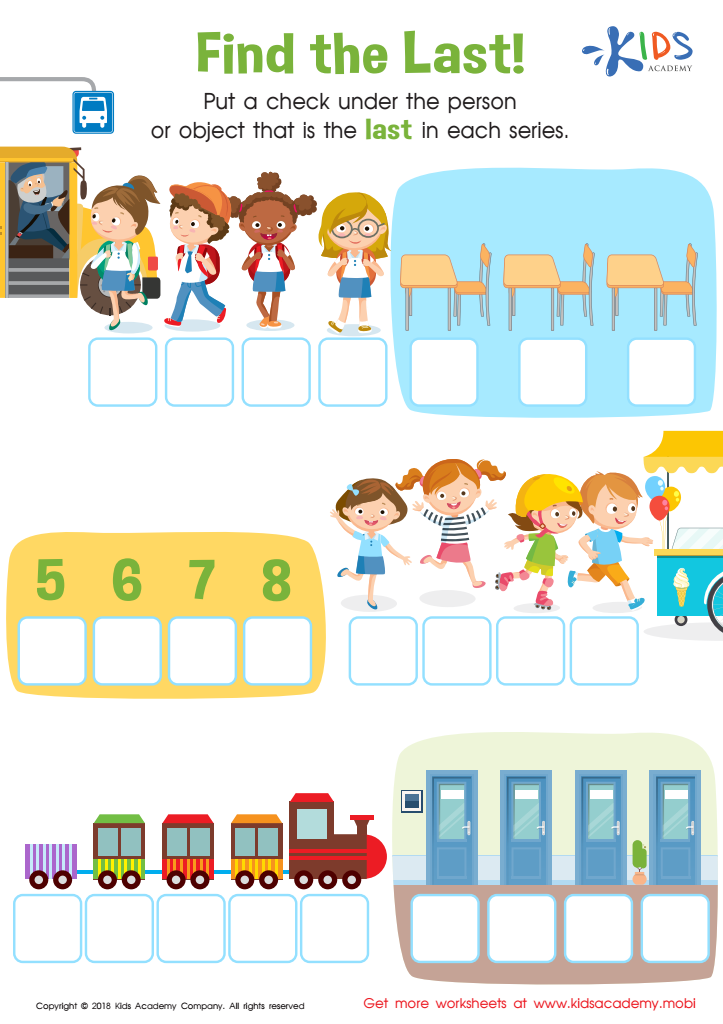

Find the Last! Worksheet


Up or Down Worksheet
Parents and teachers should prioritize basic math skills, including normal geometry, for children aged 5-7 for several important reasons. First, this foundational period is critical for cognitive development. Mastering basic geometric concepts helps children recognize shapes, understand spatial relationships, and develop problem-solving skills. These concepts serve as building blocks for more advanced mathematical reasoning.
Moreover, learning geometry at an early age enhances creativity and critical thinking. Children learn to visualize problems and think abstractly, which is valuable not only in math but in everyday decision-making. Geometry also integrates well with other subjects; for instance, art often uses geometric shapes, fostering interdisciplinary learning and making math enjoyable.
Additionally, nurturing these skills can boost children's confidence. When children grasp fundamental concepts, they are more likely to engage positively with future mathematical challenges, reducing anxiety in subjects often viewed as difficult.
Lastly, basic math and geometry skills are essential for practical life situations, like using maps, architecture, shopping, and even electronic devices. By fostering these skills early on, we equip children with competencies that will serve them well throughout their academic journey and beyond, ultimately setting them up for success in a technology-driven world.
 Assign to My Students
Assign to My Students
